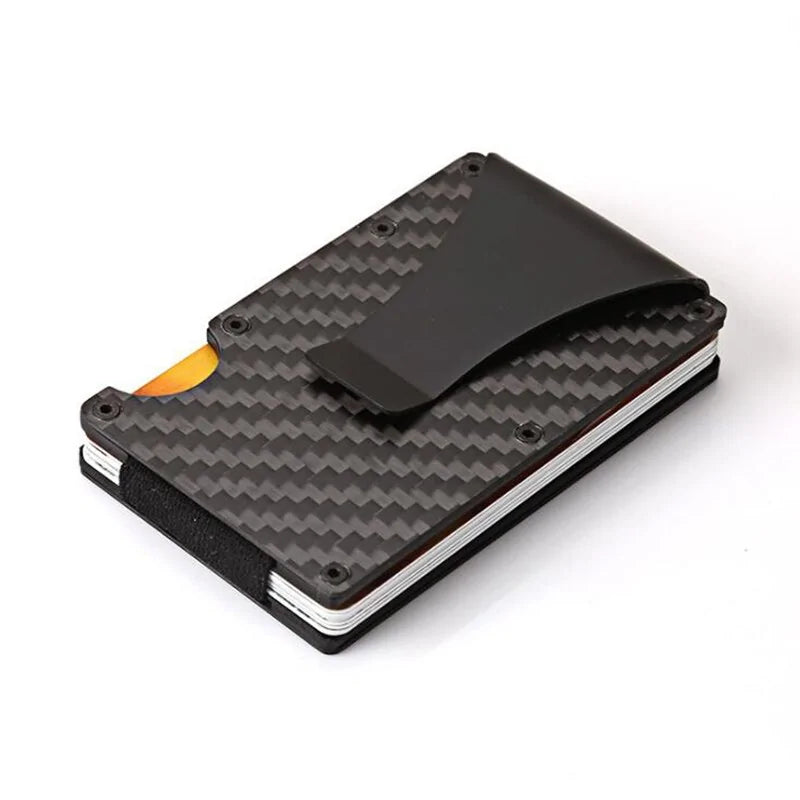
# Carbon Fiber Barrel Technology in Modern Firearms
## The Evolution of Firearm Barrel Materials
For centuries, firearm barrels have been predominantly made from steel – a material prized for its durability and heat resistance. However, recent advancements in material science have introduced carbon fiber as a revolutionary alternative that’s changing the performance standards in modern firearms.
## What is a Carbon Fiber Barrel?
A carbon fiber barrel consists of a thin steel liner wrapped in multiple layers of high-strength carbon fiber composite. This innovative construction combines the best properties of both materials:
– Steel liner: Provides the smooth bore surface necessary for bullet travel
– Carbon fiber wrap: Adds exceptional strength while dramatically reducing weight
## Advantages of Carbon Fiber Barrels
### 1. Significant Weight Reduction
Carbon fiber barrels can weigh up to 50% less than their all-steel counterparts. This weight savings is particularly valuable for:
– Long-range precision rifles
– Tactical firearms
– Hunting weapons where carrying weight matters
### 2. Improved Heat Dissipation
The carbon fiber composite wrap helps dissipate heat more efficiently than steel alone. This results in:
– Reduced barrel harmonics changes during rapid fire
– More consistent shot-to-shot accuracy
– Longer sustained fire capability
### 3. Enhanced Stiffness-to-Weight Ratio
Carbon fiber offers superior stiffness compared to steel when considering weight. This translates to:
Keyword: carbon fiber barrel
– Reduced barrel whip during firing
– Improved accuracy potential
– Better harmonic consistency
## Challenges and Considerations
While carbon fiber barrels offer numerous benefits, there are important factors to consider:
### 1. Cost Considerations
The manufacturing process makes carbon fiber barrels significantly more expensive than traditional steel barrels. Prices can range from 2-4 times higher depending on the manufacturer and specifications.
### 2. Maintenance Requirements
Carbon fiber barrels require special care:
– Avoid abrasive cleaning methods that could damage the outer wrap
– Protect from impacts that might compromise the composite structure
– Follow manufacturer-specific maintenance guidelines
### 3. Barrel Life Expectancy
While carbon fiber barrels demonstrate excellent durability, their lifespan may differ from traditional steel barrels depending on:
– Firing schedule (sustained rapid fire vs. precision shooting)
– Caliber selection
– Maintenance practices
## Applications in Modern Firearms
Carbon fiber barrel technology has found successful implementation in several firearm categories:
### 1. Precision Long-Range Rifles
The weight savings and stiffness benefits make carbon fiber barrels ideal for:
– Competition shooting
– Military sniper systems
– Hunting rifles where weight is critical
### 2. Tactical Firearms
Special operations units increasingly adopt carbon fiber barrels for:
– Reduced operator fatigue
– Improved maneuverability
– Enhanced accuracy in field conditions
### 3. Custom and Boutique Firearms
High-end firearm manufacturers are incorporating carbon fiber barrels into their premium offerings, catering to:
– Discerning collectors
– Performance-focused shooters
– Those seeking cutting-edge technology
## The Future of Carbon Fiber Barrel Technology
As material science continues to advance, we can expect to see:
– Further refinements in carbon fiber weave patterns
– Improved bonding techniques between steel and composite materials
– Potential integration with other advanced materials
– More widespread adoption across firearm categories
While carbon fiber barrels may not completely replace traditional steel barrels, they represent an exciting evolution in firearm technology that offers distinct advantages for specific applications and shooting disciplines.